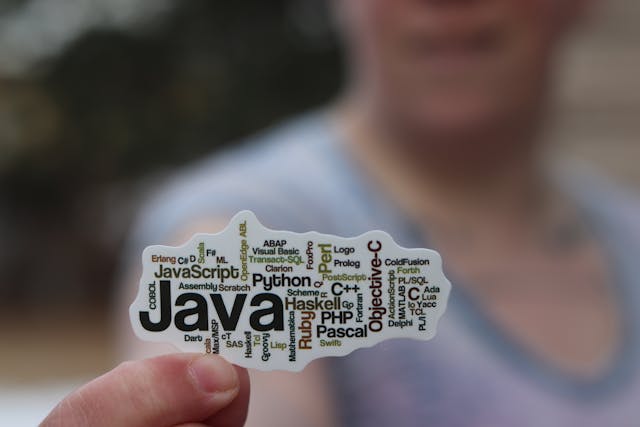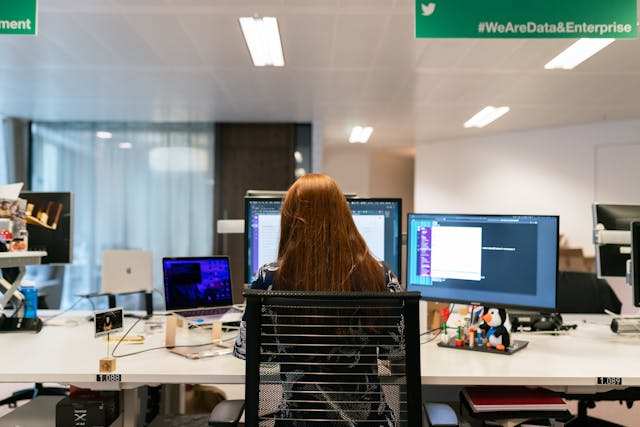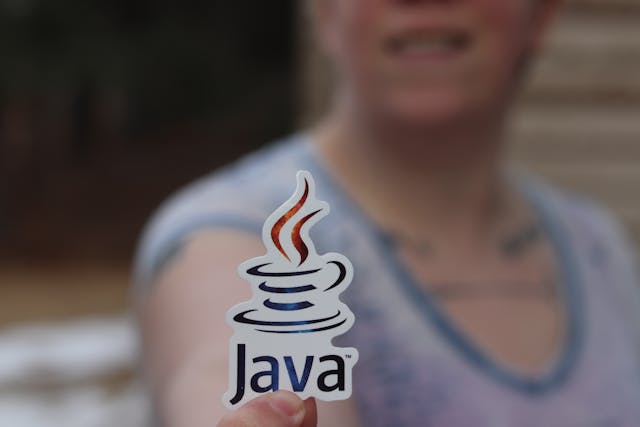What Factors Predetermine the App Cost in 2020
Almost every company comes to the need for application development at a specific stage of its growth. Applications are more user-friendly than web sites and provide users with an easier way to be in touch with the company.
They also cover many fields of customer interaction, like service support, authentication, and many others. If a company decides to order an application development, they should analyze what kind of app and for what type of functionality they need, and not to get lost in the various ranges of prices in the market.
They differ from $5000 to $500,000, and without a proper analysis of their own needs, companies risk to pay less and get an app of inappropriate quality or order a highly sophisticated and expensive app they simply don’t need.
We can also find a lot of Internet resources providing their clients with an opportunity to build the app for the business themselves.
But we should bear in mind that a functional application needs professional programming, not only the combination of pre-created templates, and of course, it must be safe and agile enough to meet the needs of the clients.
That’s why DIY applications may be a choice only if a company needs the simplest app with a basic number of functions.
There are many factors which affect the final cost and the future functionality of a nee app, and now we are going to take a look at the key issues:
Table of Contents
1. The application type
Here we must pay attention to the platform(s) the application will be based on, whether you need IOS or Android OS application, or all the possible options at the same time. Android-based applications are a bit higher in price.
The other point is a choice between a web, hybrid, or native app. Native apps provide good user experience, but they are usually heavy and large, and their price differs depending on the number of platforms you want to cover. They are a good choice for business and education needs.
Multi-platform or hybrid apps give the possibility to reach a bigger number of users immediately. But at the same time, they are less optimized than native ones, though the cost of their development is lower.
Games and entertaining apps are more expensive as they need a more sophisticated and unique design combined with a high operation speed and functionality.
Besides, the more naturalistic the game is, the more professional and skilled graphic designers are needed to make it. And of course, the number of working hours necessary for the development process is much more.
2. Functionality
Before ordering the application, companies have to decide what functions are really necessary for the future app. If we talk about e-commerce companies, then they need to specify, whether the in-app purchase is needed.
If so, there are a number of allied factors that must be taken into accounts, such as security of transactions, mobile payment methods, and delivery functions. As for security, it should be a multi-stage one in order to support the privacy of the client and his financial information.
Different options like PayPal or Google Wallet are used as payment methods in applications, and engaging them will also affect the final cost of your application. The delivery option might need adding such points as geolocation and a parcel tracking system, which are also quite complicated in the means of development.
3. Extra features
By extra features, we usually mean the in-app operations that use the native functions of the smartphones. Depending on the level of user engagement, the future app might need the camera and all related functions, storage of the files and gallery, QR code scanning, activity tracking, and so on.
Many lifestyle and nutrition applications need tot to establish synchronization with other gadgets like smartwatches in order to support the activity-tracking functions. The post-purchase support function needs chat options and sometimes calls and video calls functions.
Entertaining apps nowadays often use the features of virtual reality, which are quite expensive to be developed. So, as we see, adding any of the above-mentioned features may even double the price.
4. Developers
If a company has formed a general idea of how they imagine the future app, and what their expectations are, they need to find a person or a group of people to turn their plans to a final digital product.
There are some options we can always choose from. At first, depending on the complexity of the app and the budget limits, a company needs to decide whether they want to cooperate with a freelancer or an application development agency.
Freelancers usually offer lower prices, but a single professional will certainly spend more time to finish the development process than a group of people. The other issue is the quality of the services.
If the application needs a good design and professional programming, make sure the chosen freelancer possesses these necessary skills. Companies can fulfill the project fosters they divide the tasks and have a project manager coordinating the process and a tester, who checks the app on each stage of development to avoid potential errors any bugs.
Beware of the app imperfections, as if it disappoints the user, you’ll face the need to reengage the users who have abandoned your app, and this is a difficult process. Whoever you cooperate with, ask your developer to give the number of hours they need to finish the project and the final cost per hour for their services.
If different countries and continents prices differ. They are the highest, starting from $150, in the US and Canada, and the lowest in Indonesia, starting at $15 per hour. Comparing these prices, many clients might choose to cooperate with overseas developers instead of local ones.
Nowadays, it’s quite a widespread case, and despite the existing myths, the coordination of the development may be much easier than you imagine, although it’s sometimes difficult to cooperate within the different time zones and different languages.









